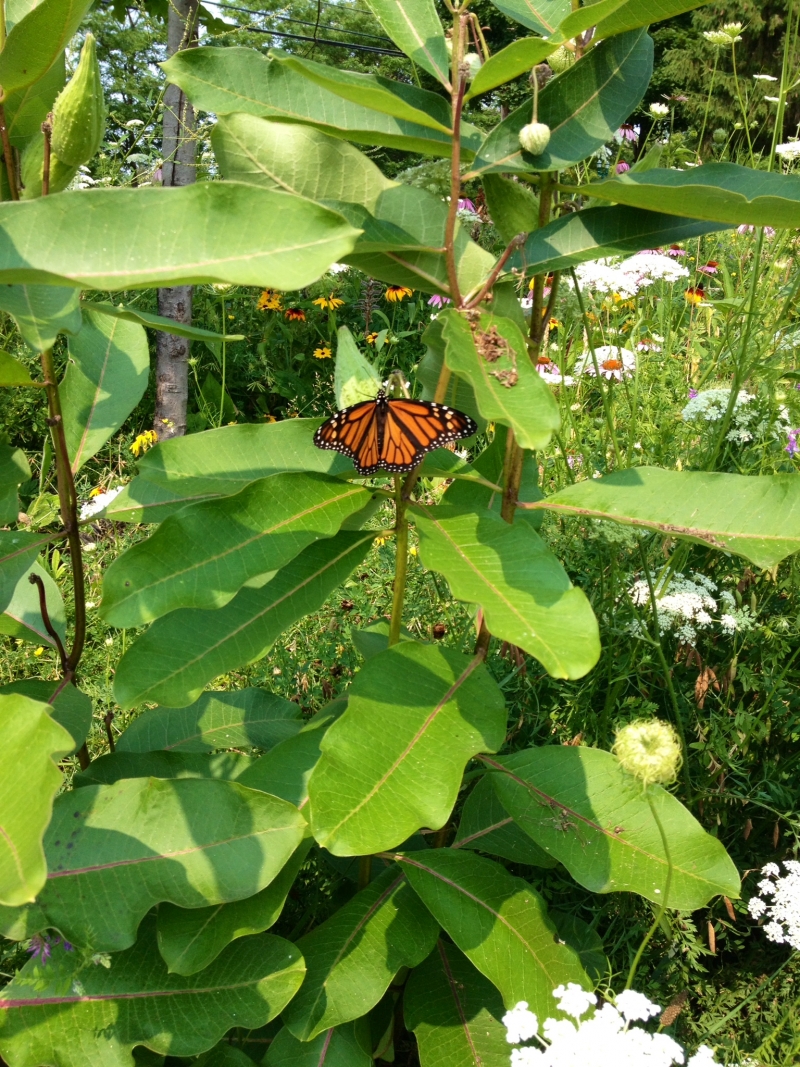
North Country explorer from
The monarch butterfly exhibits the most highly evolved migration pattern of any known species of butterfly or moth and perhaps any known insect. They travel between 1,200 and 2,800 miles or more from the United States and Canada to central Mexican forests! There the butterflies hibernate where the less extreme climate provides them a better chance to survive. However, the monarch butterfly faces the threat of habitat loss and climate change. The monarchs need mountain forests in Mexico for their winter habitat, however nearby human communities also rely on them and create pressure on forests through agriculture and tourism activities. In the U.S., monarchs need places to reproduce and feed. However, herbicide use is decreasing the availability of their primary food source, the milkweed plant. Climate change threatens to disrupt the monarch butterfly’s annual migration pattern by affecting weather conditions in both wintering grounds and summer breeding grounds. Colder, wetter winters could be lethal to these creatures and hotter, drier summers could shift suitable habitats north. In addition, abnormal patterns of drought and rainfall in the U.S. and Canada breeding sites may cause adult butterfly deaths and less plant food for caterpillars. Fewer butterflies up north mean fewer then migrate south to Mexico for the winter.

